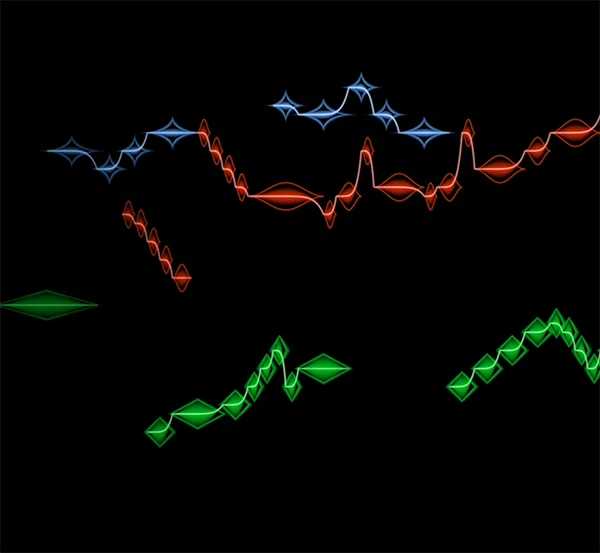
- MOVEMENT I: ARJUNA'S LAMENT
- MOVEMENT II: FIELD OF BATTLE
- MOVEMENT III: DILEMMA
- MOVEMENT IV: REALIZATION
Field of Dharma
A concerto-kriti in 4 movements
- MOVEMENT I
- MOVEMENT II
- MOVEMENT III
Fugue-Kriti
In 3 movementsCarnatic with Counterpoint – Beyond Harmony
One focus of my work is the use of counterpoint — the combination of multiple independent melodic lines — with Carnatic ragas. Harmony has often been combined with raga-based melodies in Indian film music and in some classical experiments. But the combination of Baroque counterpoint with Indian classical music, using multiple independent Carnatic melodic lines and their gamakas, has not been similarly explored.
“Visionary composer Shanker Krishnan’s work offers a musical experience that is both groundbreaking and profoundly evocative….
While Indian music has been explored with harmonic elements by composers, the integration of authentic Western counterpoint within a Carnatic framework remains a pioneering and innovative feat.
What makes Shanker’s achievement truly extraordinary is not just the compositional ingenuity behind it, but the emotional depth it conveys….
To me, the most powerful music is that which compels you to pause, forget the world for a while, and surrender to its beauty — perhaps even shedding a quiet tear. Shanker’s compositions possess this rare quality, making them not just technically remarkable, but deeply moving….”
Integration “at an almost molecular level”….
Another defining aspect of my music is a deep integration of both classical traditions, shaped by my intensive training in each. This differs from other experiments in fusion where musicians from different traditions work alongside each other.
My current pieces use Carnatic melodic ideas and a Western classical compositional framework. The resulting music is grounded in, but distinct from, both Carnatic music and traditional Western classical music.
“This singular and pioneering project brings together the music of two classical traditions at an almost molecular level. It has been driven by a very particular compositional vision that integrates them from inception. The fugue is an unlikely but surprisingly successful marriage of the textural technique of fugue with Indian ragas, ornamentation and instruments. For both pieces, it was necessary to craft a new functional harmonic framework based on the specific raga notes. Overall, this project results not only in innovative and meaningful pieces of music, but a new system and a pathbreaking use of Baroque counterpoint.”
Expanding the Emotional Palette
Western classical forms like the fugue use the distinct emotional coloring associated with the major and minor modes — but Indian music’s ragas provide dozens of modes and their associated gamakas or expressive inflections. When Western techniques for varying musical texture and timbre meet the Carnatic modal and melodic range, it expands the emotional palette — the musical equivalent of being able to see in new colors.
Fusion of Structure
My compositions also integrate the two classical traditions through musical structure. Confluence: Raga and Counterpoint, my debut album, features two original compositions modeled on the kriti — the central concert form in Carnatic music. At the same time, these compositions draw from Western classical structures: one is a fugue, the other a concerto.
The fugue-kriti uses the intricate layered texture of a fugue, which is counterpoint at its most fully manifest.
The concerto-kriti is a lyrical work that explores the emotional landscape of the Bhagavad Gita, the Indian philosophical text. It features interaction between soloists within an orchestral setting, with counterpoint often shaping their exchange.
(The Glossary section has an expanded description of Carnatic and Western classical music terms.)
